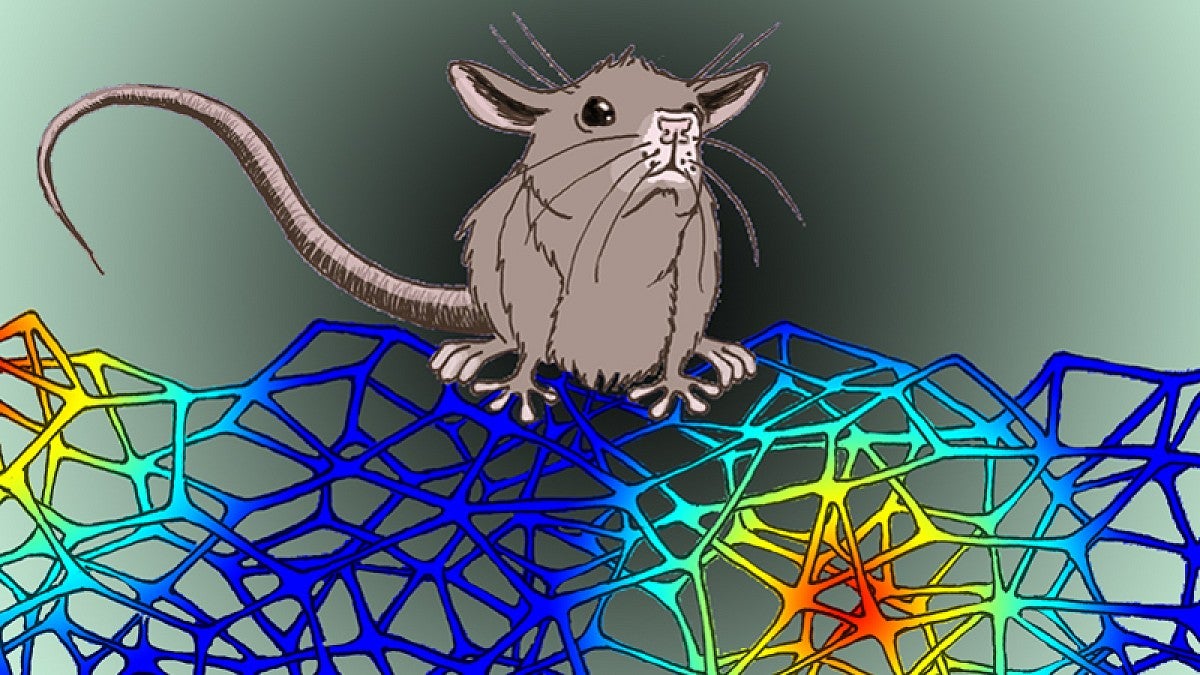Manipulations of neurons in mice in experiments done at the UO and in Norway have shed new insight on a brain network where memories of events are processed and stored — a network which also is an early target of Alzheimer’s disease.
The network involves connections between neurons that are called place cells when found in the hippocampus and are called grid cells when found in a nearby region known as the medial entorhinal cortex. Together, these cells work to form episodic memory, which provides context to an event, such as the time, location and emotions that were experienced.
The new study, published in the March 22 issue of the journal Neuron, helps in efforts to unravel a mystery about precisely how the entorhinal cortex records information in general and helps the hippocampus create a kind of mental map of particular places.
A breakdown in this cortex, brought on by failed communication between grid cells and place cells, may be reflected in Alzheimer’s patients losing their ability to recall new events, said Benjamin Kanter, who began working on the study while pursuing a master’s degree in the UO lab of associate professor Clifford Kentros.
“The hippocampus is the brain region which makes episodic memories, and it relies mainly on the entorhinal cortex to send it the relevant sensory information,” he said. “Our new study provides a novel mechanism by which subtle changes in grid cell activity dramatically change the activity of place cells and impairs performance on a spatial memory task.”
Kanter is now a doctoral student with Kentros at the Kavli Institute for Systems Neuroscience and Centre for Neural Computation at the Norwegian University of Science and Technology, where the 2005 discovery of grid cells was made. Kentros is still part of the UO Institute of Neuroscience, where most of the experiments were completed.
“While the majority of the data was collected before Ben joined the lab, he’s the one that really brought it all together into a coherent story,“ Kentros said.
Possible connections between the two brain regions surfaced more than 100 years ago, but it was separate discoveries in 1971 and 2005 that guided scientists to the network. Those two discoveries resulted in a shared 2014 Nobel Prize in Physiology or Medicine.
In the study — co-authored with seven colleagues, including five at the UO — genetically altered mice were implanted with electrode arrays to monitor neural activity while they explored an open field environment. A designer drug enabled researchers to control the neurons in the cortex.
They found that increasing neuron activity caused place cells to act as if the animal was in a new environment, but decreasing the activity did not. Similarly, increasing activity only in the cortex area impaired the memory of a separate group of mice trained to navigate a maze.
Perhaps the most surprising result, the researchers noted, was that place cells remapped memory in the hippocampus while the firing locations of grid cells in the cortex were stable — a finding that contradicts current models of how grid cells influence place cell activity. The study documented for the first time that individual firing fields of the grid cells changed independently, a mechanism that, the researchers said, may explain the remapping.
“We perturbed this neural circuit with an unusually high level of specificity,” Kanter said. “Not only are we pushing the boundaries of what questions we can ask, but we are also moving toward manipulations which can be translated into therapeutic treatments for memory disorders.”
The National Institutes of Health, Kavli Foundation and Research Council of Norway were among the funding agencies that supported the research.
—By Jim Barlow, University Communications


